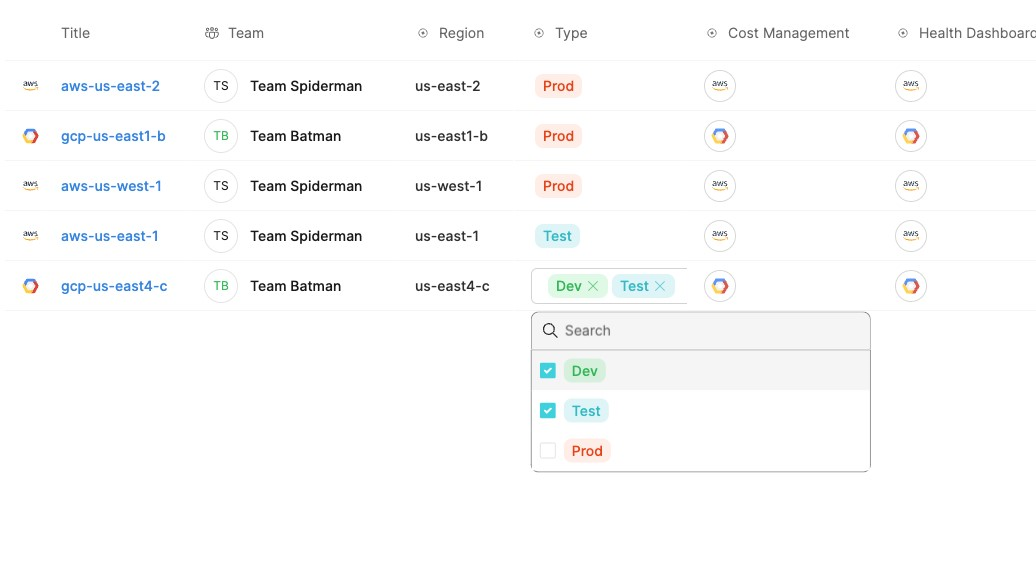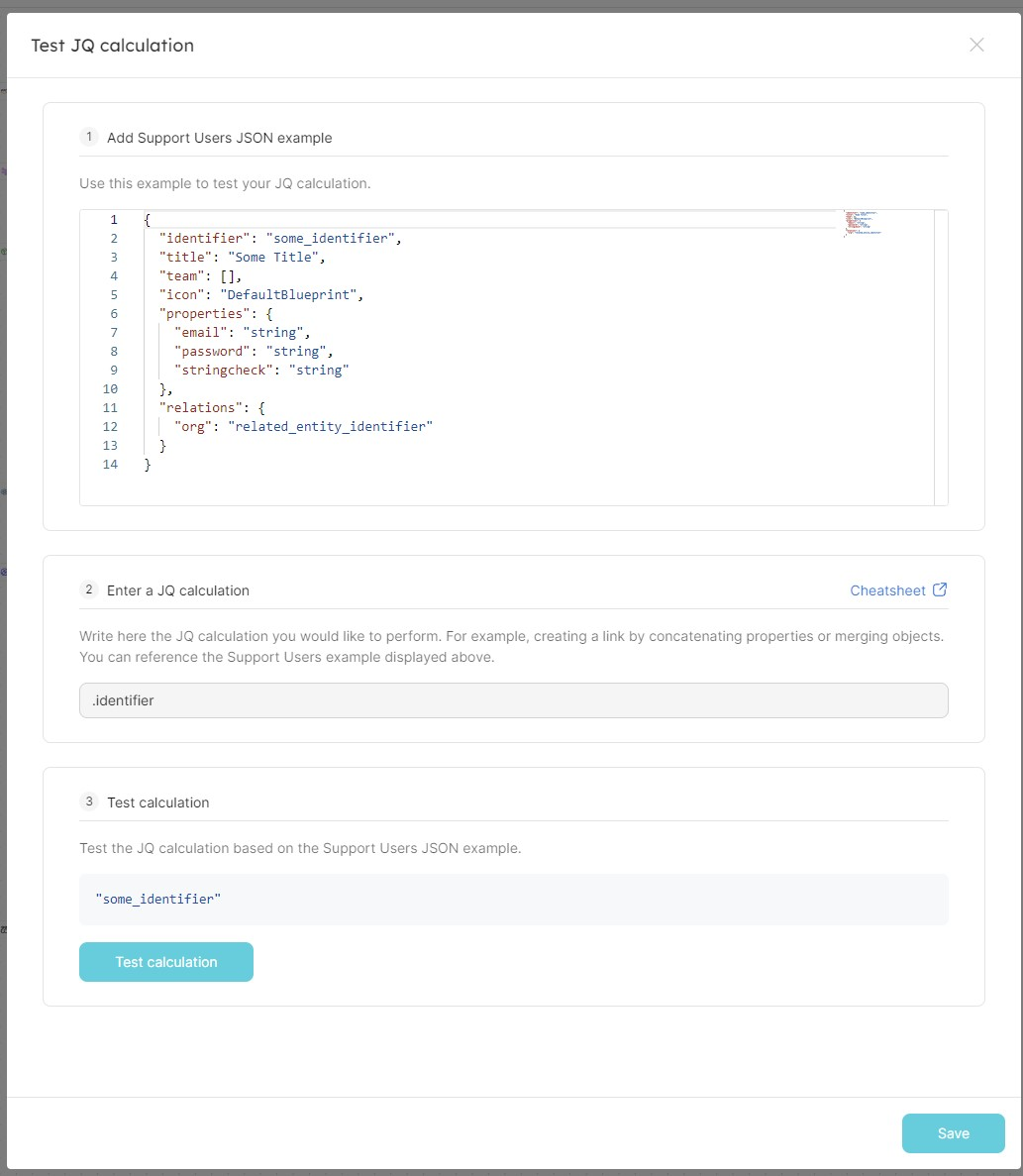August is summer and summer is vacation time. Don’t ask us how we accomplished everything in these release notes… here they are:
Biggest
Ocean (OSS integration framework) 🚢
1. At last, we launched our open-source extensibility framework project -
Ocean! 🌊
2. Ocean lets you easily extend Port’s capabilities by creating new integrations using a robust OSS framework that takes care of all the repetitive work, so you can focus on adding new capabilities to your developer portal. It works well for third party tools as well as anything in-house you’d like to integrate into the portal.
3. You can now expect to see many new integrations coming from Port. With the community, even more 👥
4. We’re really curious to see what the Port community will do with Ocean. You can learn more here
.
5. In the near future we plan to add capabilities to Ocean, dealing with the backend side of developer self-service actions.
Azure integration
1. Our new Azure integration allows you to collect resource data from Azure and add it to the developer portal.
2. Since the integration is powered by Ocean it supports smart filters and transformations to make it easier to map Azure resources to the desired Port Entities.
3. See how to use the Azure integration.
Self-service actions - form inputs now support secrets
1. You can now define a Secret input when building the self-service action form. Values that are entered into the Secret input will be encrypted before being sent and will not be saved in Port. This is a great way to let your users enter secrets as part of the self-service actions (such as passwords, private keys, and tokens) in a secure way.
2. See how to add a secret input.

---------------------------------
Mediums
Ocean extensions - it ain’t over yet!
1. In addition to the Azure exporter mentioned above, we added several highly requested integrations:
2. Jira
3. New Relic
4. SonarQube
5. PagerDuty

GitLab search in the repository’s files capability
1. By installing our GitLab integration, you can now search in files and perform logical checks on file contents to determine whether a file exists in the repository or if files in the repository contain specific keywords.
2. A good example of using this is the ability to check if a repository contains a file and define a scorecard to enforce standards related to it.
Terraform scorecard resource
1. You can now define scorecards as code using our Terraform Provider.
2. See how to create scorecards in IaC.
Enum multiple selection
1. There is a new property for both self-service actions & blueprint properties that lets you multi-select through a closed list of enums
2. See how to configure it for blueprints and for self-service actions

UI/UX improvements
1. When defining a calculated property, you can now test it in a playground in full page view:


2. We also improved the flow while configuring custom integrations.
- We divided the mapping section into steps, that match the flow of the user
- We added an option to “Load latest event” from the API, which helps configuring webhooks on real data examples

iframe widget
1. In addition to the already available Pie chart and Number widgets, you can now use an iframe widget in the dashboard page to specify any external URL and custom component
2. See how to define iframe widget.

Smalls
Deleting blueprints and all of the corresponding entities
1. You can now delete the blueprint and all of its entities from the UI or API without any limit on the number of entities that will be deleted in the operation, all in a single request. Previously there was a limit of 1000 and it required 2 different calls to do so.
2. See how to do this from the API.
